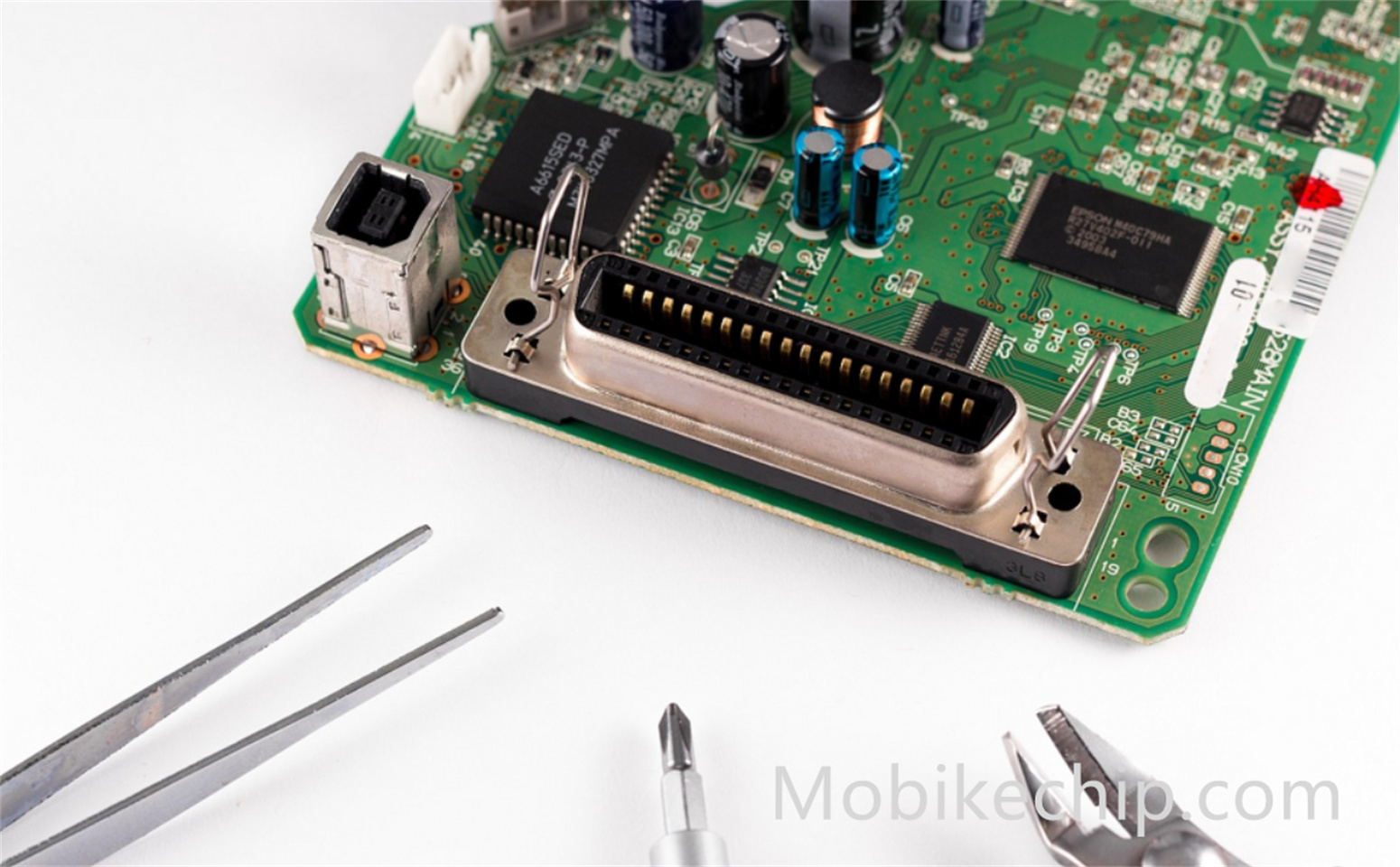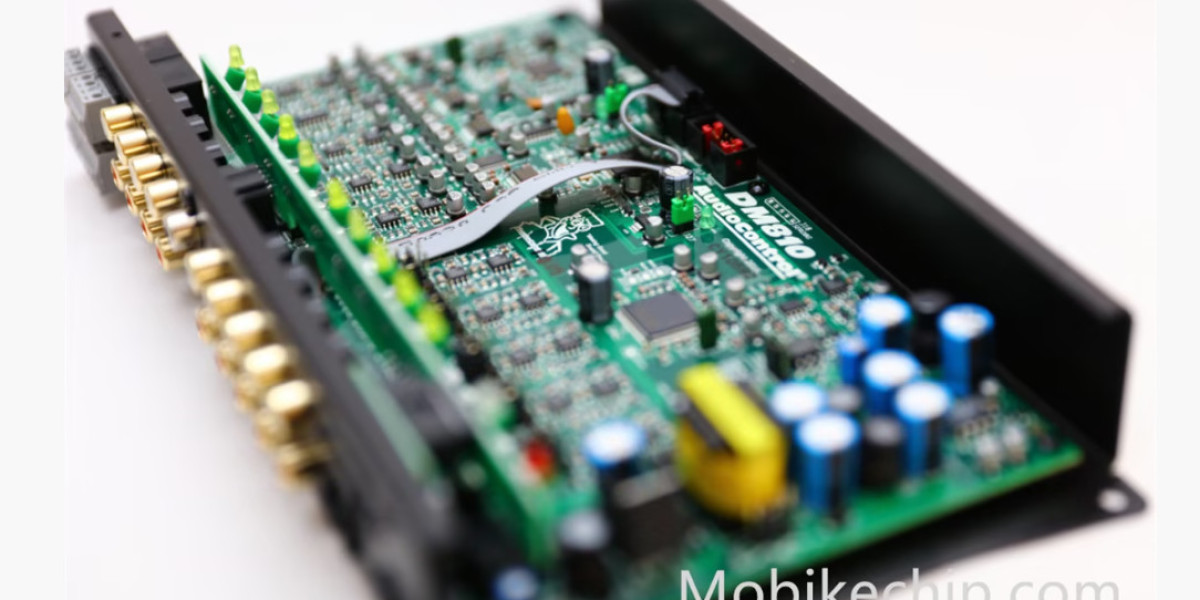In today’s fast-paced digital world, efficient data transmission is a critical component of most modern electronic systems. Whether it’s high-definition video, fast network communications, or real-time processing in embedded systems, the need to transmit large amounts of data quickly and reliably is paramount. This is where serializers chips come into play.
Serializers are essential components in digital communication systems, as they help convert parallel data into serial data for high-speed transmission across various mediums. In this article, we will explore the fundamental principles behind serializers, their types, applications, and how they contribute to efficient data transmission in different industries.

What Are Serializer Chips?
A serializer chip is an integrated circuit (IC) designed to convert parallel data into a serial data stream. In parallel data transmission, multiple bits of data are transmitted simultaneously over separate lines, which can be inefficient, particularly for long-distance transmission. Serializers solve this problem by converting parallel data into a single-bit stream that can travel at much higher speeds, reducing the number of required connections and improving the overall efficiency of data transfer.
Serializers are commonly used in communication protocols where high data rates and long-distance transmission are required. These chips work alongside deserializers, which perform the reverse operation—converting serial data back into parallel form at the receiving end.
Types of Serializer Chips
Serializer chips come in various types, each designed for specific use cases and applications. The following are the primary types of serializers used in modern electronics:
1. High-Speed Serializer Chips
High-speed serializer chips are designed to handle large amounts of data at very high speeds. They are typically used in applications where high-frequency data transmission is required, such as in high-definition video streaming, high-speed networking, and communications systems. These serializers often support standards like PCI Express (PCIe), Serial ATA (SATA), and other high-speed serial communication protocols.
Key Features:
- Support for high data rates, often in the range of gigabits per second (Gbps)
- Optimized for long-distance transmission with minimal signal degradation
- Low-latency transmission to ensure real-time data transfer
Applications:
- Video conferencing systems
- High-definition TV (HDTV) transmission
- High-speed computer networks
2. Low-Power Serializer Chips
Low-power serializer chips are designed for applications where minimizing power consumption is critical. These serializers are ideal for battery-powered devices like mobile phones, wearable gadgets, and IoT devices. They offer efficient data transmission while conserving battery life, making them essential in the design of energy-efficient electronics.
Key Features:
- Low power consumption
- Suitable for portable devices with battery limitations
- Often integrated with other functions to reduce component count
Applications:
- Smartphones and tablets
- Wearable electronics
- Internet of Things (IoT) devices
- Automotive electronics
3. Multi-Channel Serializer Chips

Multi-channel serializer chips are designed to handle multiple data streams simultaneously, making them suitable for complex systems that require the aggregation of multiple parallel data sources. These serializers can convert several parallel data lines into multiple serial streams, offering a more efficient solution for high-data-rate applications such as multi-camera systems, complex sensors, and industrial automation.
Key Features:
- Multiple input channels for parallel data streams
- High-speed conversion with minimal latency
- Enhanced scalability for large systems
Applications:
- Multi-camera surveillance systems
- Industrial control systems
- Video and image processing systems
4. Fibre Optic Serializer Chips
Fibre optic serializer chips are designed specifically for high-speed communication over fiber-optic cables. These serializers are used in telecommunication networks and data centers to transmit data over long distances with minimal signal loss. They convert parallel data into a serial stream for transmission over fiber-optic cables, which offer high bandwidth and low latency compared to traditional copper wires.
Key Features:
- Optimized for long-distance data transmission
- High-speed serial communication over optical fiber
- Low signal degradation and high reliability
Applications:
- Telecommunication networks
- Data centers and cloud computing
- High-speed internet infrastructure
How Do Serializer Chips Work?
Serializer chips rely on a few key principles to effectively convert parallel data into serial data. Let’s dive into the technical workings of these chips:
1. Parallel to Serial Conversion
The fundamental function of a serializer is to take multiple bits of parallel data and convert them into a single, serial data stream. The serializer chip takes the parallel input (such as 8, 16, or 32-bit data) and serializes it by sending one bit at a time over a single line. This reduces the number of physical connections needed and increases transmission speed, as data can be sent in a continuous stream.
2. Clocking and Synchronization

For data transmission to be accurate, serializers require precise clocking to ensure that the timing of data bits is synchronized. Serializer chips often use a clock signal to determine when to send each bit of data. This clocking is crucial to maintaining data integrity during high-speed transmission, especially when dealing with large data volumes.
3. Data Compression and Encoding
To enhance efficiency, some serializers support data compression and encoding schemes. These techniques reduce the amount of data that needs to be transmitted, minimizing the required bandwidth and improving the overall transmission efficiency. Some serializers may also support error detection and correction mechanisms, ensuring reliable data transfer over long distances.
4. Signal Amplification
For long-distance transmission, serializer chips often include features to amplify the signal. This ensures that the data remains strong and clear as it travels over the communication medium, whether it’s a copper wire, fiber-optic cable, or wireless transmission.
Applications of Serializer Chips
Serializer chips are used in a variety of applications where high-speed data transmission is essential. Let’s look at some key industries and use cases where serializers play a vital role.
1. Consumer Electronics
In consumer electronics, serializer chips are used in devices that require high-speed data transfer, such as video streaming, gaming, and home entertainment systems. These chips enable seamless transmission of high-definition video, reducing latency and ensuring a smooth user experience.
- High-definition video streaming: Serializer chips are used in devices like set-top boxes, gaming consoles, and TVs to transmit high-quality video signals.
- Virtual reality (VR): Serializer chips enable fast and efficient data transmission in VR systems, where low-latency communication is critical.
2. Telecommunications

In telecommunications, serializer chips are crucial for transmitting data over long distances. These chips convert parallel data streams into serial form, enabling efficient communication between network devices. Serializer chips are also used in optical fiber communications to achieve high-speed data transfer.
- Telecommunication networks: Serializer chips are used in telecom equipment to support high-speed internet and data transmission.
- 5G networks: With the rise of 5G technology, serializer chips enable faster and more efficient communication for cellular networks.
3. Automotive
In the automotive industry, serializer chips are used to enable data transmission in complex in-vehicle systems. With the growing trend of advanced driver assistance systems (ADAS) and infotainment systems, serializer chips allow for the fast transmission of data from sensors, cameras, and other devices.
- ADAS systems: Serializer chips are used in sensors and cameras to support real-time data transmission for features like autonomous driving and collision avoidance.
- In-vehicle communication: Serializer chips facilitate high-speed data transfer between in-car systems, ensuring seamless connectivity and enhanced performance.
4. Industrial Automation
Serializer chips are widely used in industrial automation systems to enable fast data transmission between devices. They are commonly found in applications where real-time processing and communication are necessary, such as robotics, control systems, and process monitoring.
- Robotics: Serializer chips enable efficient communication between robotic controllers and actuators in industrial robots.
- Factory automation: Serializer chips are used in PLCs and SCADA systems to support high-speed data communication in factory settings.
Serializer Chips Conclusion
Serializer chips are essential components for enabling high-speed data transmission across a wide range of applications. Whether it’s for consumer electronics, telecommunications, automotive systems, or industrial automation, these chips ensure that large volumes of data can be transferred quickly and reliably. With the continuous demand for faster and more efficient communication, serializer chips are likely to play an even more prominent role in shaping the future of data transmission.
At MobikeChip, we offer a wide selection of serializer chips from leading manufacturers, designed to meet the needs of various industries and applications. Whether you're looking for high-speed serializers, low-power solutions, or multi-channel options, we have the right components for your project.
About Us
MobikeChip offers a broad range of genuine electronic components from over 2,600 manufacturers at competitive prices. Our product portfolio includes Integrated Circuits (ICs), Discrete Semiconductor Products, Resistors, Capacitors, Relays, Switches, Transformers, Sensors, Transducers, Inductors, Coils, Chokes, Potentiometers, Variable Resistors, Crystals, Thermal Management products, and more.
Category page: Serializers, Deserializers-Interface-Manufacturers-Dealer-MobikeChip



